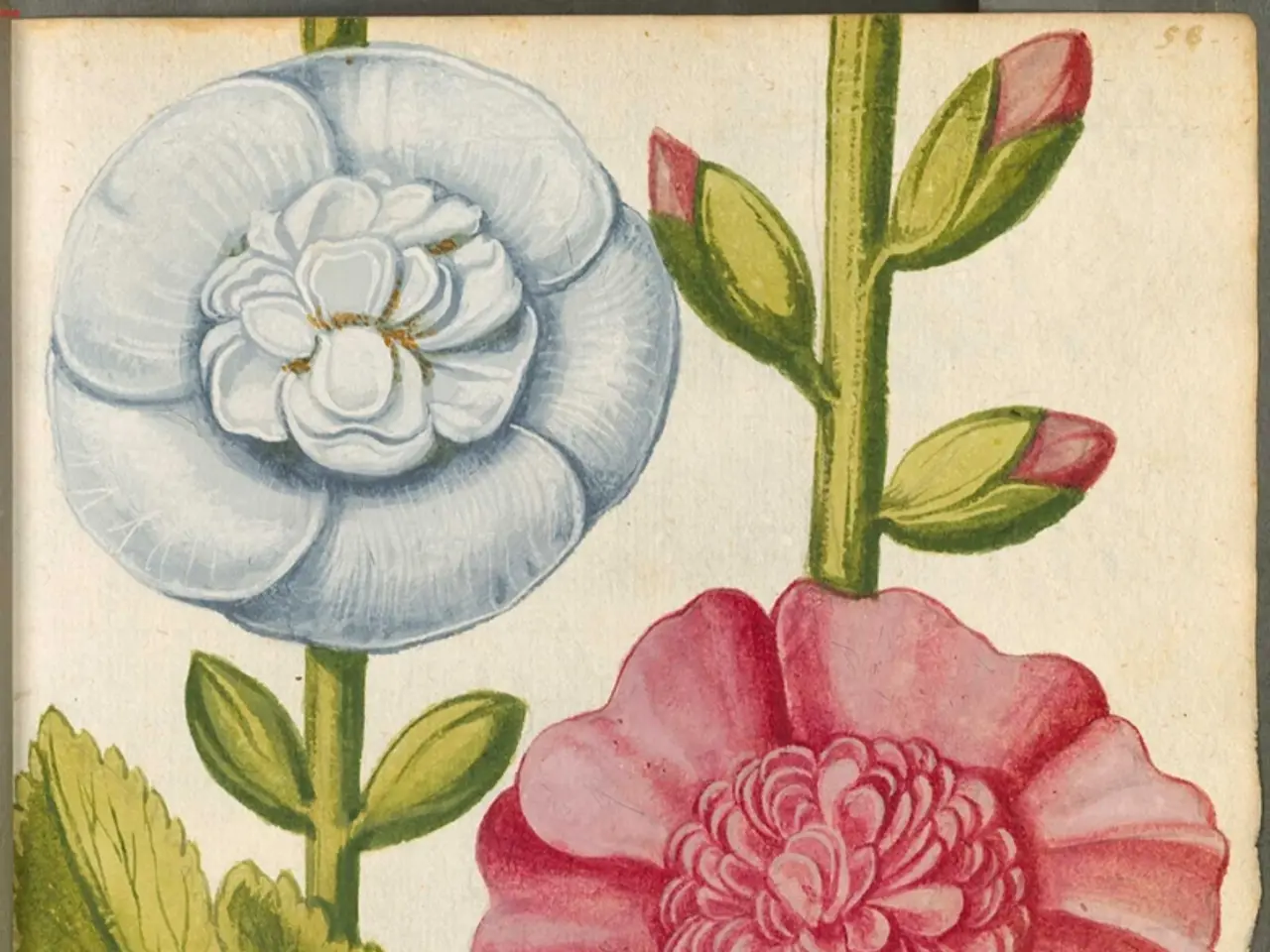Exploring the Rich Artistic and Design Legacy of Venetian Red
Venetian Red, a pigment with a rich history and significant cultural importance, has been a symbol of passion and creativity in Renaissance art, shaping the visual landscape of the era. This warm, earthy red, traditionally made from natural earth containing iron oxide, has roots that stretch back to the Renaissance and continues to captivate artists and designers today.
Origins and Natural Sources
Originally, Venetian Red comes from naturally occurring iron oxide pigments found in the earth, often referred to as "red ochre." These iron oxides were mined and ground into powder, then used as pigment. Venice, with its extensive trade and commercial networks, played a crucial role in the dissemination of this pigment during the Renaissance. Its natural and durable quality made it highly valued by artists for oil painting.
Cultural Significance & Use in Renaissance Art
The name "Venetian red" is linked to Venice, which had a strong Byzantine artistic influence favoring rich color use (termed colorito). Unlike Florence’s emphasis on disegno (design or drawing), Venetian painters prioritized vibrant, deep colors as an expression of artistic vitality and emotional depth—a legacy of Byzantine art traditions.
Venetian red was an essential element in the rich color palette that helped define the Venetian school of painting during the Renaissance. Venetian artists, such as Titian, exploited oil painting techniques to achieve deep, layered glazes, enhancing the vividness and translucency of colors, including Venetian red. Titian’s mythological works, such as Diana and Callisto and Diana and Actaeon, demonstrate masterful use of warm tones and reds to create atmosphere and emotion, highlighting Venetian red’s role in achieving color depth and naturalism.
Modern Applications
In the world of interior design, Venetian Red plays a crucial role, evoking feelings of comfort and sophistication. It is used for accent walls, furniture, textiles, and to create balance with neutral colors. Different brushes yield different textures when used for applying Venetian Red, adding a unique touch to any design.
When mixing Venetian Red, letting the paint rest to allow pigments to settle and blend enhances the vibrancy of the pigment in art. A mortar and pestle can improve the mixing process, ensuring a smooth consistency.
Venetian Red complements various skin tones and fabrics effectively, enhancing any outfit. It is a color of passion and boldness, often appearing in runway shows, accessories, and seasonal trends in the fashion industry.
In architecture, Venetian Red is used to transform ordinary spaces into extraordinary environments, adding warmth and richness. Its cultural significance is profound, carrying deep meanings and connecting people across different eras.
In conclusion, Venetian Red, a historic pigment derived from iron oxide, continues to captivate artists and designers with its deep, warm hue. It has been a staple in oil paints, ideal for portraits, landscapes, and religious scenes, and appears in many iconic works from the Renaissance, such as The Assumption of the Virgin by Titian and The Wedding at Cana by Veronese. Venetian Red symbolizes love and passion, strength and courage, and historical depth.
In the realm of interior design, Venetian Red is utilized to imbue a sense of comfort and sophistication, being applied to various home elements such as walls, furniture, textiles, and neutral counterparts for harmonious balance.
In the modern lifestyle and home-and-garden sphere, Venetian Red's versatility extends to fashion, where it serves as a symbol of passion and boldness, gracing runway shows, accessories, and seasonal trends.





